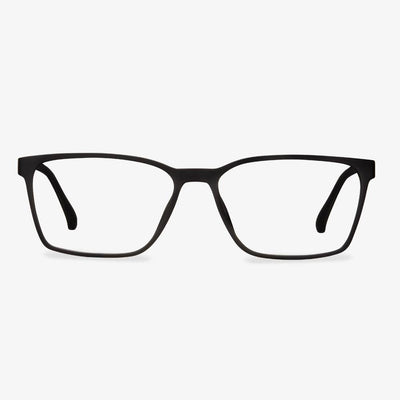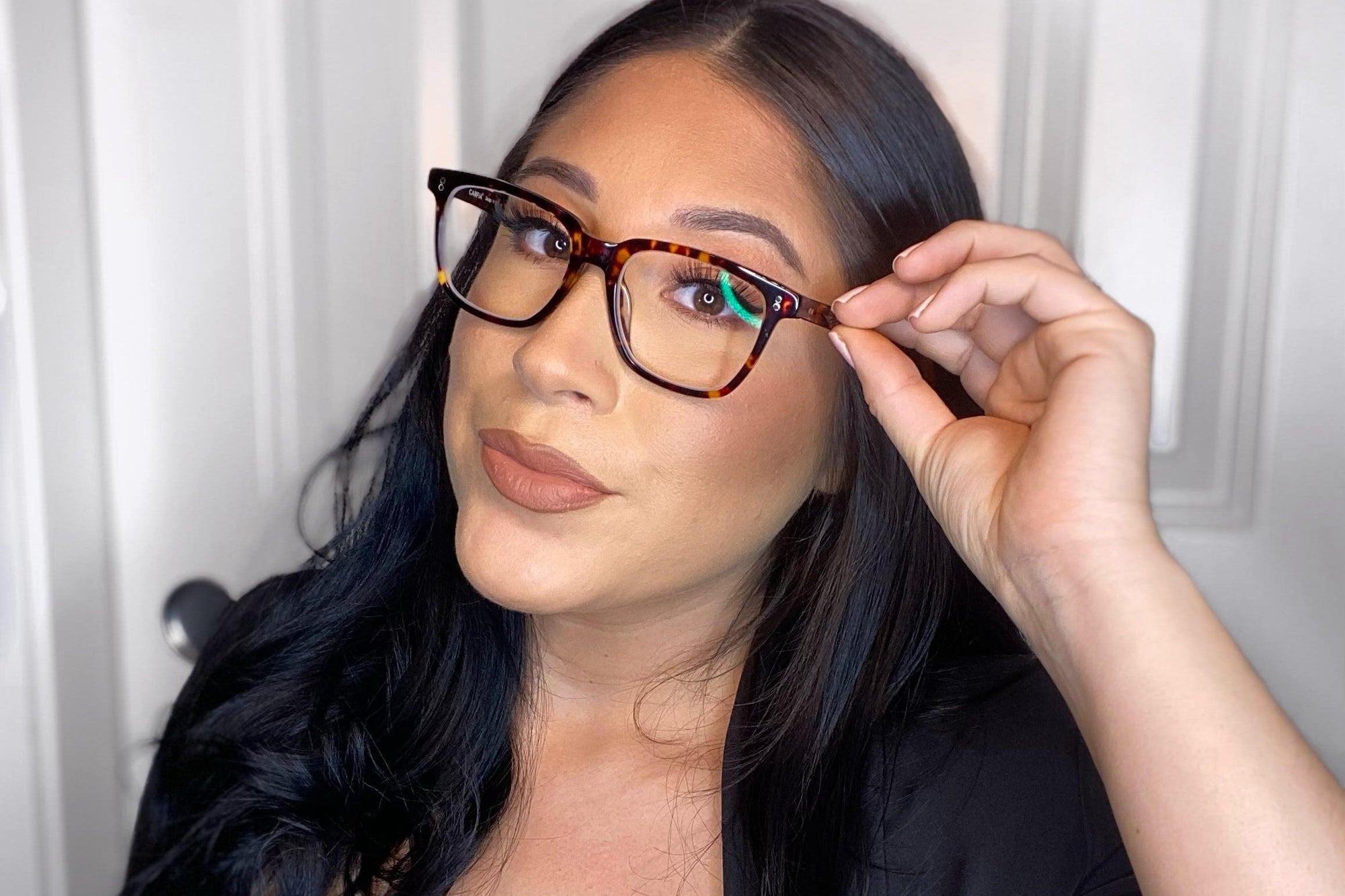YOUCAN Rimeless Eyeglasses
YOUCAN rimless glasses convey noble quality, a true classic, and a core value image to all the people who pursue true fashion all over the world. The real rarity of something is always a symbol of your status. With its unique design concept, personalized customer service, each pair is like a diamond. The design fully reflects the sense of nobility, novel, rich color, avant-garde fashion, full of vigor and vitality, so that each wearer can feel the elegance and personality. It can let more stylish young gens enjoy the exquisite life that does not cut edge to set a diamond without frame.
Polygonal frame
Polygonal glasses frame is derived from square glasses frame. Some of the frames belong to mechanical cutting, and the lens has an exquisite diamond design, very popular with consumers. The irregular frame makes the glasses more angular and makes the frames less monotonous. It's more stylish and trendy. Gold is more popular, but the price is not high.
Which is better, Essilor lens or Zeiss lens?
1. Different high-density resin substrates. Essilor Diamond Crystal series 1.74 lenses use resin with a density of 1.46 as raw materials. The lens itself has higher hardness. Combined with Diamond Crystal series film layers, the lifespan of the lens is better improved. The outstanding abrasion resistance is obvious.
2. Different technical support. The greater the density of the lens, the harder the substrate. However, the larger the density of the lens under the same volume is heavier. Therefore, Zeiss has the best trade-off between density and component and selects high density on the basis of high refractive index and frivolity substrates.
3. Different Features. The anti-fog molecules on the two surfaces of the lens are activated by an anti-fog activator. Therefore, the fog differentiates into a thin layer that is invisible to the eyes, instead of forming a fog. Each spray of activator can last about a week. Zeiss resin lens guarantees up to 99.4% of the lens light transmittance, and the naked eye can no longer feel whether the lens is worn or not.
How Long Does It Take to Get Used to Varifocals?
When you get a new pair of glasses, you have to get used to them. So, how long does it take to get used to the glasses? Some people only need a couple of days to get used to them while some others may need up to two weeks.
It is normal if you can only see the frame rim of your glasses when you first wear them. The reason for this lies in the brain’s visual center. It needs to adapt the new and greatly improved visual conditions.
How to Keep Glasses from Slipping
Stick-on Nose Pads
Nose pads would be a good choice to prevent glasses to slide down your nose. Hence, you can stick a pair of rubber pieces in the nose pads of your glasses or you can choose a pair of glasses with rubberized nose pads. If you want to try a pair of nose pads glasses, the Koalaeye Optical may be a good choice. The rubber nose pads will make you feel steadier and better and the additional resistance on the nose pad will surely provide more support. So, if your glasses often slip down from your nose, try this way.
Wax Coating
To keep glasses from slipping, you can try wax coating which is a smart move. Use the wax on your nose pad area along with the temple where the glasses come into contact with the skin. In general, it works fine and it is nearly invisible.
Temple Ear Hook
The temple ear hook is a good way to keep glasses from slipping. It can provide mechanical support behind the ear and you will feel the support from the back of your ears. But the drawback of the temple ear hook is that it is quite visible. When you take off the lenses, you need to lift the temple higher so that the ear hook could clear the ear’s crest. Besides, the cheaper one might cause some discomfort to the back of your ears because of the pressure.
Rubber Bands and Hair Ties
To keep glasses from slipping, you can also try hair ties and rubber bands. You can tie one around the temple tip behind your ear so that it can provide both slight mechanical support and friction forbidding your glasses from moving around. What’s more, this is a low-cost method.
How to measure pupil distance?
You can ask your optometrist for this data, or if you have an extra pair of glasses, please send it to the merchant with your printed order and they will record your pupil distance value from it to ensure that your lenses have an accurate vision center. They will send you your new and old glasses together. The average pupil distance for adults is usually between 60mm and 66mm.
Wearing glasses correctly will not get deeper degrees
The development of myopia is not directly related to wearing glasses. Patients with myopia wear suitable glasses and pay attention to eye hygiene, and the degree of myopia will stabilize at a certain level. But if you think that with glasses, everything will be fine. If you don't pay attention to eye hygiene in normal times, if you continue to keep your eyes in a state of fatigue for a long time, it will lead to vision loss and deepening of myopia. In addition, wearing improper glasses such as no optometry or inaccurate optometry, too large power, will increase the burden on the eyes, reduce vision and deepen the power. For some people with high myopia (more than 600 degrees), although they insist on wearing glasses, the degree will still deepen, accompanied by changes in the fundus, which is medically called pathological myopia. This deepening of myopia is related to the degree of myopia and family and has nothing to do with wearing glasses.











































